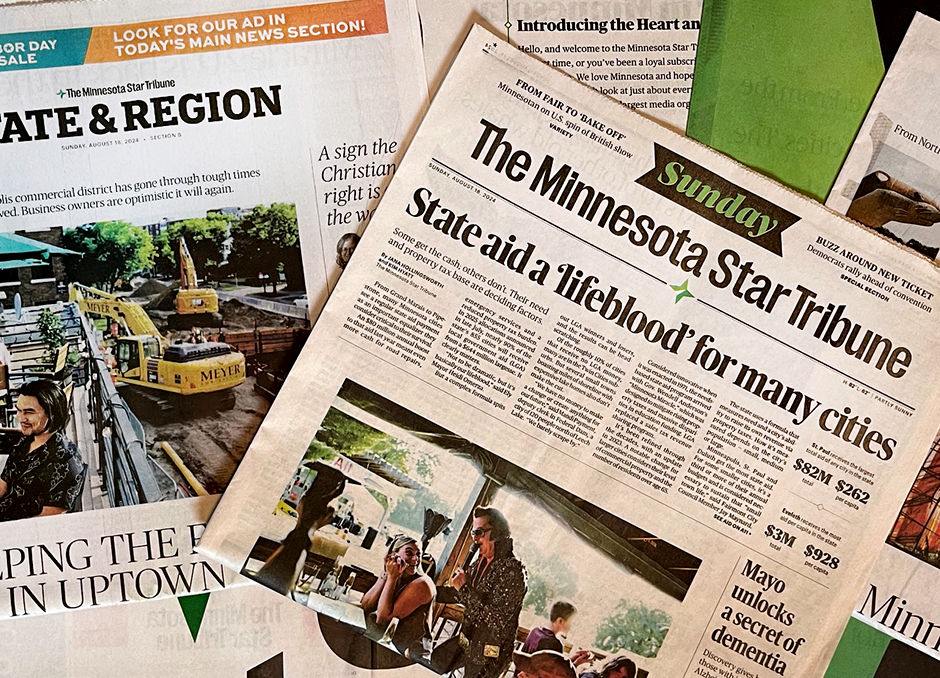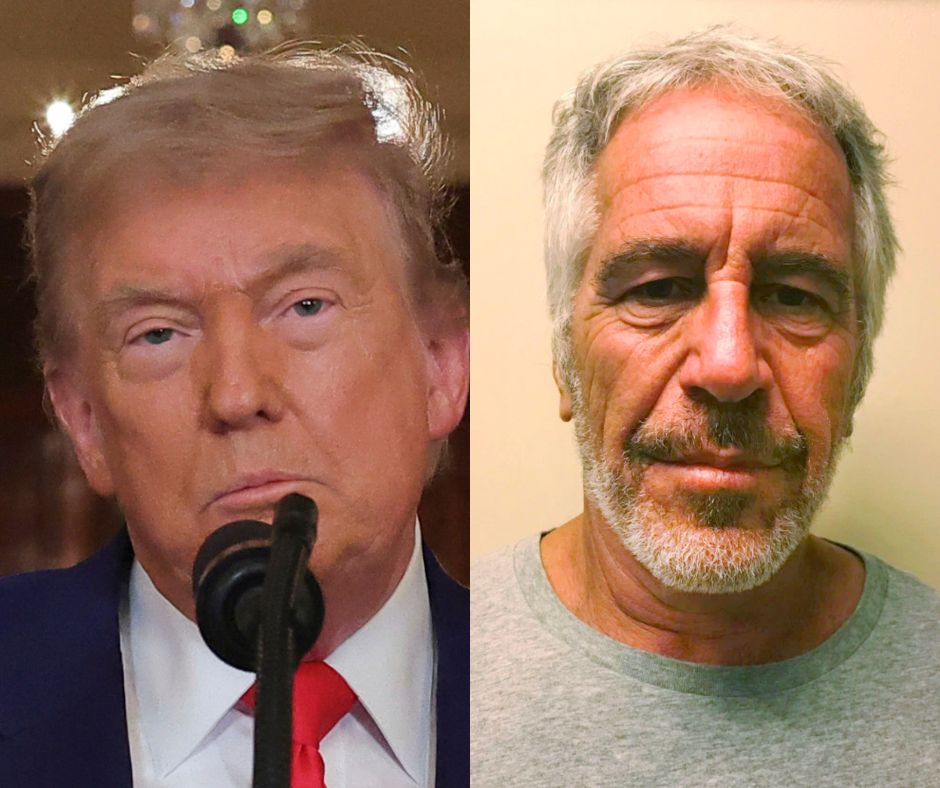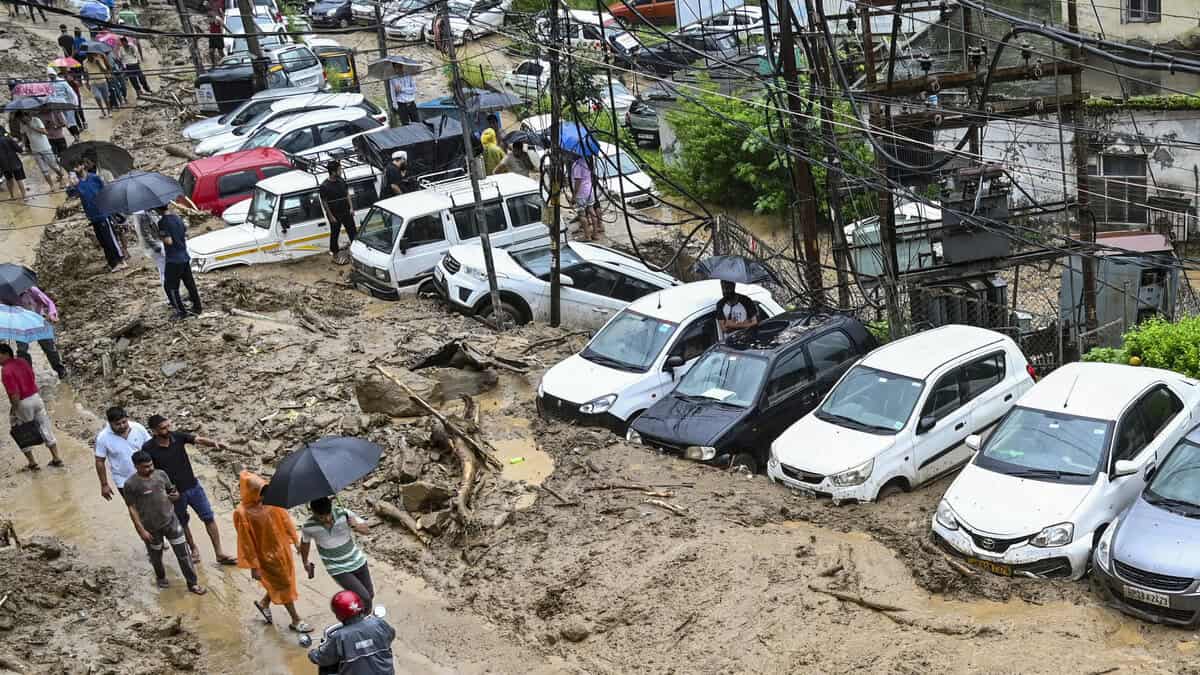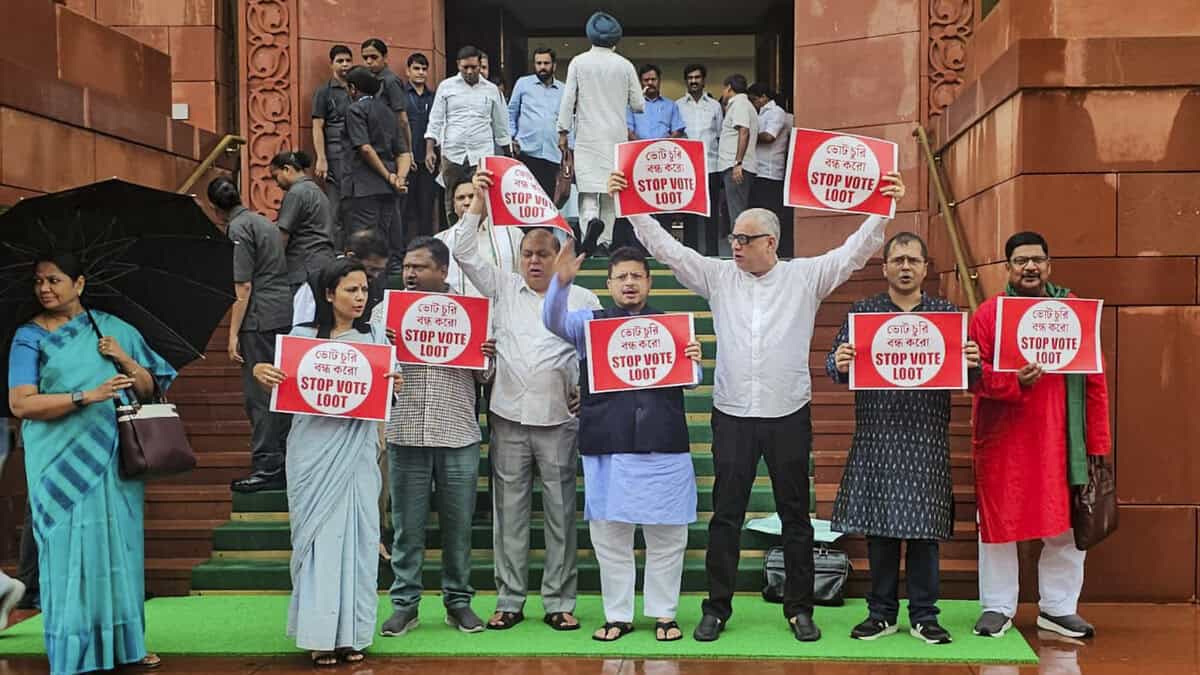The bones found are now with forensic experts. They will study them to find the age, sex, background, and most importantly – how the person died.
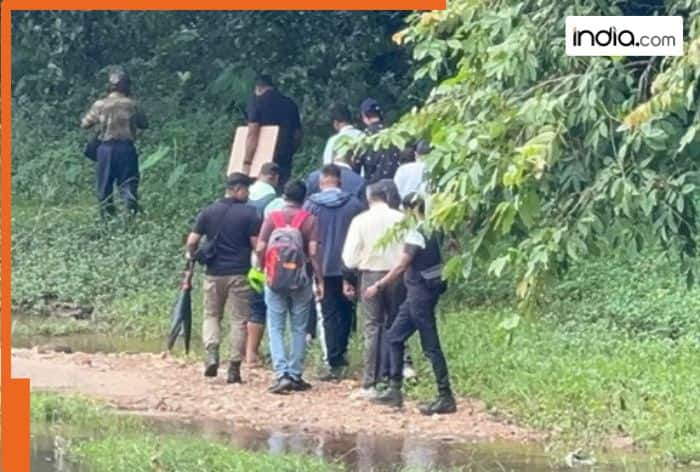
On July 31, 2025, something shocking came out of the ground near the sacred Netravati River in Dharmasthala. From the sixth digging site, 15 pieces of human bones were found. These broken remains, buried about four feet deep in the forested area, may finally bring justice to victims who were buried silently for years.
This discovery supports the claims made by a 50-year-old sanitation worker from marginalized community. He stayed in hiding for over 10 years because he feared for his life. He finally came forward, saying he was forced by powerful upper-caste people to bury or burn hundreds of bodies between 1995 and 2014. He said many of the victims were women, schoolgirls, beggars, and homeless men – some had acid burns, some had strangulation marks, and one was even found in a school uniform with a bag beside her.
Now that bones have been found, there is no doubt that the case deserves full investigation. The next steps must be careful, fast, and honest.
What Needs to Happen Next
The Special Investigation Team (SIT), led by DGP Pronab Mohanty, has a big job ahead. There are still seven sites left to dig out of the 13 identified by the whistleblower. Each location may reveal more bones, more evidence, and more names that need justice. The team should use advanced tools like ground-penetrating radar (GPR) to find buried remains, especially in the wet and muddy areas near the river.
The bones found are now with forensic experts. They will study them to find the age, sex, background, and most importantly – how the person died. DNA tests from the bone marrow may match the bones with names in Karnataka’s list of 416 missing people cases going back to the 1980s. If a match is found, that person gets their name and story back.
Experts will also look for signs of violence – like cut marks or broken bones – to confirm if these people were murdered. Sometimes, bones even hold DNA from the killer or hints about where the victim came from. Such evidence has helped solve murder cases worldwide, even decades later.
Why Justice Took So Long
These 15 broken bones do more than show the truth – they also show how time damages evidence. After 10 to 30 years in forest soil near a river, bones break down. Acidic soil, floods, wild animals, and years of decay make it hard to find full skeletons.
But the way these bodies were buried – in shallow, unmarked pits – shows a shocking lack of care. This supports the whistleblower’s story that he was forced to dispose of bodies quickly and under threat.
A Bigger Fight for Justice
This story is not just about one crime – it exposes deep problems in our system. A Dalit man, made to help hide crimes by powerful upper-caste people, was too scared to speak for over a decade. When he finally did, he showed true bravery and stood up for truth. This is what our Constitution stands for – justice for all, no matter one’s caste or background.
The 416 missing persons cases hint at a bigger issue – maybe the system failed to investigate properly. How many families have waited years without answers? How many cases were ignored or closed too soon? The pattern raises tough questions about whether the system helped hide the truth.
The fact that the whistleblower’s statement was leaked on July 14 – pushing him back into hiding – shows that powerful people may still be trying to stop the truth from coming out. He must be protected under the Witness Protection Act so that he can safely help investigators.
What the Public Must Demand
We must not let this case fade away. The SIT has taken action quickly, but there is still a long way to go. We must demand:
- Complete digging at all 13 sites with proper care and expert help.
- Full protection for the whistleblower and any others who come forward.
- Clear updates from forensic labs as they find new information, without hurting the investigation.
- Review of old missing person cases, especially those involving poor or vulnerable people.
- Changes in the system so missing persons cases are taken seriously and solved quickly.
It’s About More Than Just Crime
If what the whistleblower says is true, then this is not just about a few crimes – it’s about our failure as a society. Dharmasthala is known for religion and charity, yet it may have also been a place where the powerless were abused by the powerful.
This should make all of us think: Are we doing enough to protect women, poor people, and lower-caste communities? Do we treat all missing persons as important? Do we believe only the powerful, or do we listen to the weak too?
Forensic tests will take time. DNA testing may take months. But we cannot let this delay lead to forgetting the victims. Each day that passes without justice is a day that those responsible remain free, and grieving families continue to suffer.
These Bones Are Not Just Bones
The 15 bone fragments found on July 31 are more than just evidence – they are a wake-up call. They show us that while Karnataka may look modern on the surface, old injustices still survive underneath.
Each bone represents someone’s life – a son, a daughter, a parent, or a friend. These are real people, not just numbers or statistics. They were silenced in death, but now they are speaking. We must listen, and act.
The road to justice is long, but it has started. The bones have told their story. Now it is up to all of us – the police, the government, the media, and the public – to make sure this story ends with truth and justice.
Let us not bury the truth again. Let us bury the silence and impunity that protected the guilty for too long.
(Girish Linganna is an award-winning science communicator and a Defence, Aerospace & Geopolitical Analyst. He is the Managing Director of ADD Engineering Components India Pvt. Ltd., a subsidiary of ADD Engineering GmbH, Germany. Contact: girishlinganna@gmail.com)








